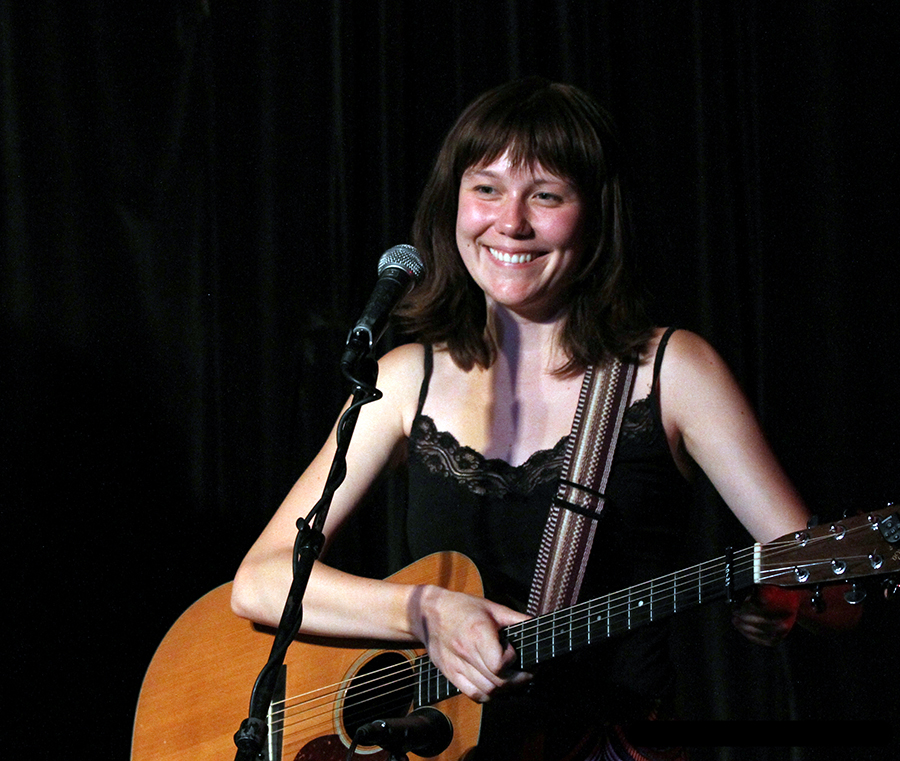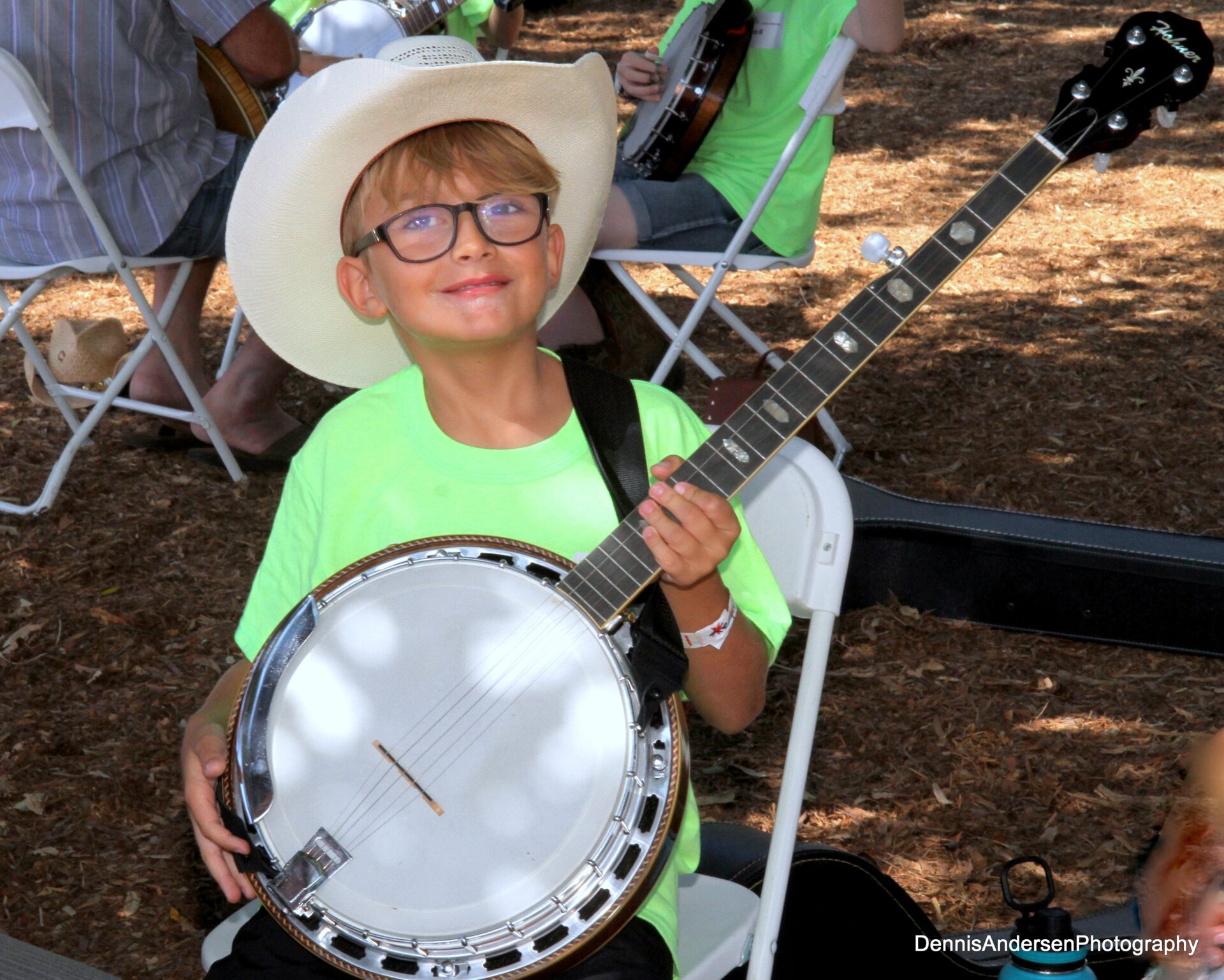Bluegrass Corner
The Appeal of Bluegrass Music

Molly Tuttle. Photo by Dennis Andersen.
Molly Tuttle wins bluegrass Grammy. If you love bluegrass guitar, no doubt you’ve heard of Molly Tuttle. This young star has taken the bluegrass world by storm. She flat picks with the best of the best, sings like an angel, and is a nice person to boot. She won this year’s Grammy for Best Bluegrass Album for her release of Golden Highway. This year’s award will add to her Grammy wins in 2023 for Best Album and Best New Artist.
Why is bluegrass music so appealing? We don’t often hear it on the radio, nor is it regularly on TV. You will rarely see a bluegrass concert at a stadium like Petco Park. So, where is it heard, and are folks really listening in? Estimates are that at least 20 million Americans report they listen to bluegrass music at least some of the time. Bluegrass music can be heard in every state in the union and in most every country around the world. It has followers as diverse as movie stars (including Gwenyth Paltrow and Steve Martin), riveters, and field work to doctors, lawyers, and deans of academia.
Everyone has an opinion as to why it’s so popular yet so sparse in mainstream media. Here’s my take on a few key factors:
- It’s authentic. In a time when so much of our culture, including music, is canned, processed, and endlessly marketed, bluegrass is different. It’s authentic grassroots fare, created by folks looking for authenticity to escape from the processed world. It’s shared, not marketed in your face.
- It’s participatory. Bluegrass music is not just for listeners, it’s for players. I would estimate that more than three quarters of bluegrass music fans play a bluegrass instrument, either professionally, as an amateur, or just as a hobby. Bluegrass events are focused around participation. In jam sessions, at festivals, and at concerts. Not so with other music genres. There is a unique appeal in joining in making bluegrass music as a way to enjoy it.
- It’s friendly and welcoming. It’s tradition in the bluegrass community to welcome newcomers into jam sessions and for even the biggest stars to make “shake and howdy” with fans after their performances. The bluegrass experience is friendly at all levels, and that feels good.
- It’s great stuff musically. Bluegrass music has rhythm, drive, a backbeat, and intricate instrumentation. It features story songs about life, love, death, and experiences we all can relate to. It’s an inspiring genre to hear performed well and a rewarding experience to play even for those performing at less than top level. In a word, it provides access and fun not typically available in other music genres.
- It has the good side of “cult appeal.” Bluegrass is popular precisely because it is rarely heard on mainstream radio or seen on TV. Participation in the bluegrass music experience is joining a community. It requires us, at an individua level, to “discover” bluegrass music. It’s not something that is forced on us through the mainstream media world. When one discovers and gets bitten by the bluegrass bug, there is a sense of discovery and of joining a community that is special.

Photo by Dennis Andersen.
Let’s look at how all this manifests here in San Diego. We have no regular radio or TV programing for bluegrass music since the demise of Wayne Rice’s weekly Bluegrass Special show on KSON several years ago (Wayne is now on the internet), yet we have thousands of people participating in the many weekly jam sessions, concerts, the Summergrass Festival (this year August 16-18, 2024), Bluegrass Day at the Del Mar Fair, (this year Saturday July 6), the Julian Family Fiddle Camp, (this year May 1-5… see article in this issue of the Troubadour), the nonprofit San Diego Bluegrass Society and the North San Diego County Bluegrass and Folk Club, SWABA , IBMA, CBA, and more, all of whom are all active in San Diego. There is a whole bluegrass world that is alive and thriving in San Diego, but it’s behind the mainstream curtain, and it’s on us to seek it out.






